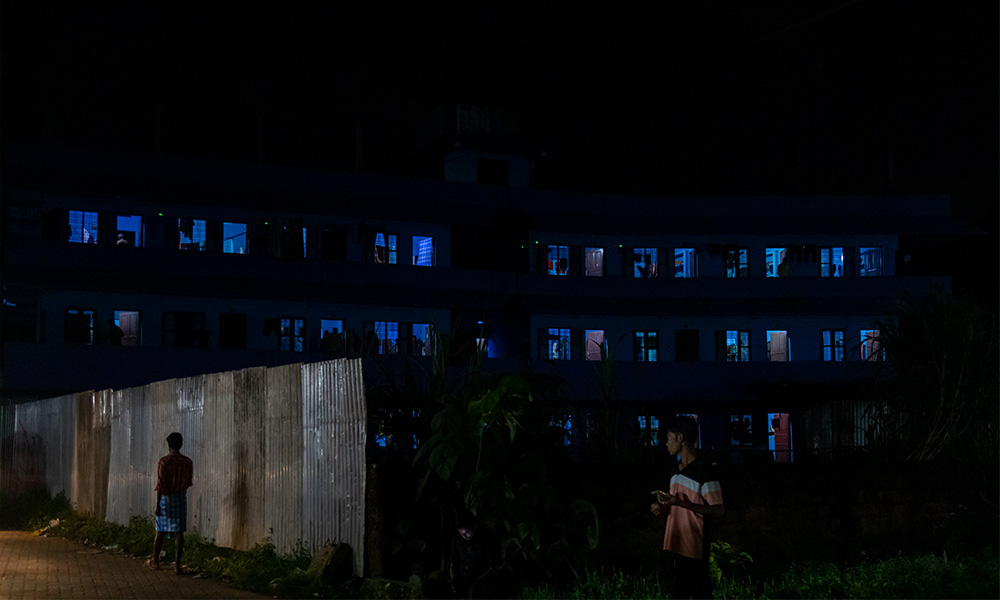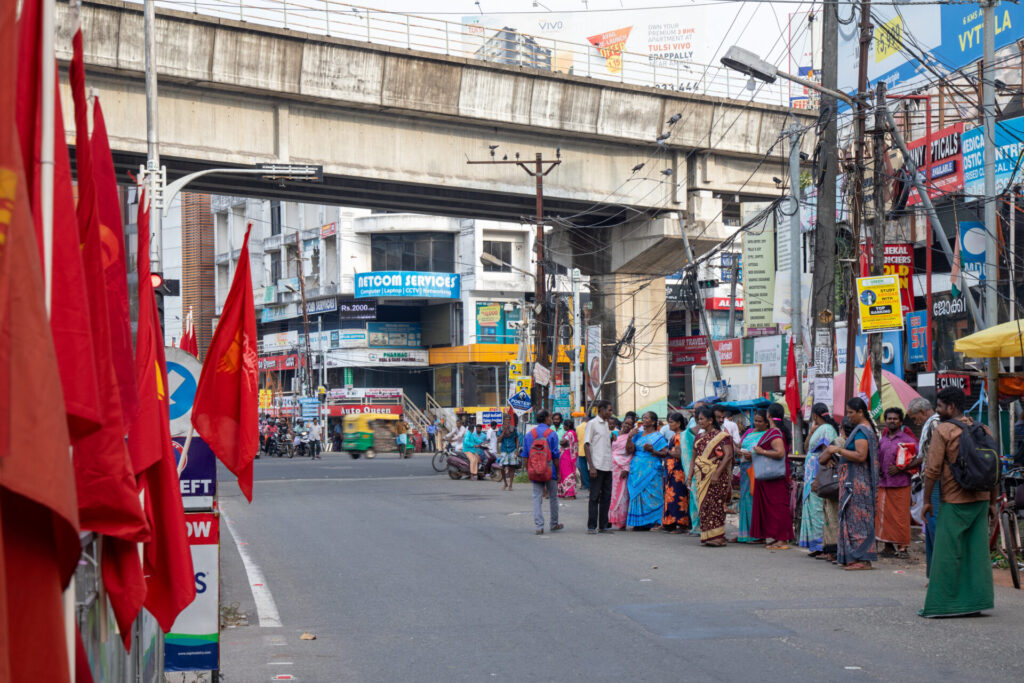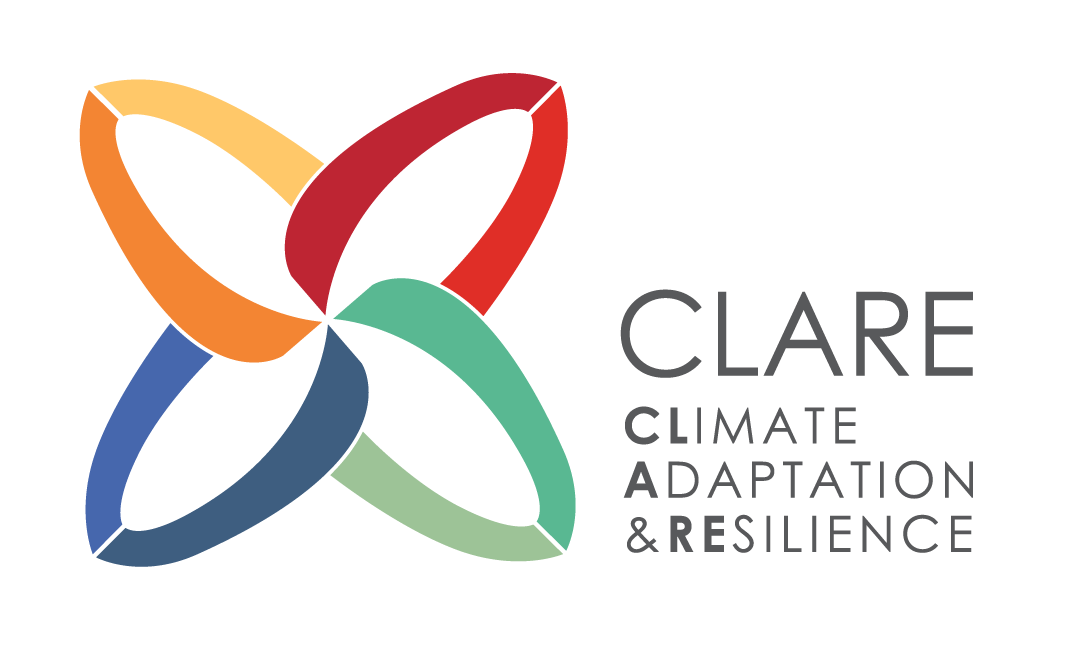
Migration, prejudice and the narratives we create in a climate-changed world
/
Written by Nihal Ranjit (CLAPs project, IIHS)
Edited by Sofia Juliet Rajan (CLAPs project, IIHS)
The deep-rooted inclination to mistrust or fear the “other” is as old as humankind, and is shaped both by nature and nurture. While these biases may exist in varying degrees, they are often reinforced by social, political, and environmental factors. Throughout history, migration has been a flashpoint for such anxieties, with migrant communities frequently “scapegoated” for economic and governance failures. In India, from anti-migrant rhetoric in Mumbai to more recent digital campaigns like GetLostMigrants in Bengaluru, narratives of exclusion have persisted.
During a recent visit to Kerala to understand how climate change impacts amplify socio-economic vulnerabilities for migrant workers, I witnessed firsthand how ingrained these divisions have become.
Kerala has both sent and received migrants for decades. Since the 1970s, Malayalees have migrated in large numbers as skilled and unskilled workers to countries in West Asia and, more recently to European nations. These migrations have significantly contributed to Kerala’s economy, shaping its unique development model. At the same time, Kerala has become a major destination for migrant workers from other Indian states, particularly Tamil Nadu, West Bengal, Odisha, Assam, and Bihar.
Kochi in Ernakulam district, with its thriving port, expanding infrastructure, and a dynamic service industry—has attracted large numbers of these workers. Studies by the Centre for Migration and Inclusive Development (CMID) estimate that nearly 17% of the estimated 3.5 million interstate migrant workers in Kerala reside in Ernakulam. The city is home to some of the state’s oldest labour nakas, where migrant workers have been seeking work for nearly three decades.
A Morning at the Naka
At sun-up, on a December morning, three of us made our way to Kaloor junction, one of the busiest labour nakas. By 7 am, the naka bustled with activity—the rhythmic clamour of footsteps, clinking tools, and chatter in myriad languages. Migrant workers, mostly daily-wage construction workers, lined up along the Kaloor-Kadavanthara (KK) Road, waiting for contractors to hire them for the day or for buses or tempos to take them to their worksites. I observed a hierarchy here: Tamil migrants, present in Kochi’s construction sector for decades, occupied the front, followed by workers from West Bengal and Odisha. With strong social networks and cultural affinities with Malayalees, Tamil workers negotiated better wages than recent migrants from easter and northern India.

We struck a conversation with workers about wages, working and living conditions, and aspirations. By 8.30 am, the naka was thinning. Those who found work made their way to their worksites, while others began the slow trek back to their living quarters. The naka suddenly transitioned: pickaxes and shovels that lined the side of the roads, disappeared, and a silence fell on the lottery kiosks, and pick-up trucks gave way for school buses and autorickshaws.
An Unexpected Encounter
As we wrapped up our conversation with a group of migrant workers from Odisha, two men clad in dhotis approached us. “What are you doing here, talking to the Bengalis?” one asked, using the term once specific to workers from West Bengal, and has become a catch-all for all non-southern migrant workers in Kerala.
I explained that we were researchers studying migration and climate change. One of them scoffed.
“What is there to study? People have always migrated to urban areas for work because there are limited opportunities in rural areas. Earlier people migrated to big cities like Bombay (Mumbai) and Delhi, now because cities like Kochi are developing, people are moving here. Why does one have to research this, everyone knows this.”
I was taken aback. Over multiple visits to Kochi for this research, I had interacted with Malayalees—both state officials and residents—without encountering hostility.
I responded, explaining how climate shocks like cyclones, floods, and droughts, particularly in West Bengal and Odisha, compel workers to migrate. The men didn’t engage but shifted the conversation to crime and threat to local job security. One of them questioned whether migrants had come to work or were fleeing after committing crimes. He cited a violent incident involving a migrant worker, suggesting that such individuals might commit crimes and vanish without accountability.
By then, a small group of localmen had gathered. One commented:
“Have you been to Perumbavoor? The area is dominated by Bengalis. We (Malayalees) “need” their permission to even step out. People like you should do research for us. We face unemployment and poverty, yet no one wants to study that.”
Feeling cornered, I reluctantly nodded and walked away.
Policy, Perception and Prejudice
Such attitudes are not unique to Kerala but reflect a larger global pattern. Hate-filled rhetoric seeps into mainstream discourse, feeding exaggerated fears about migrant communities. In Kerala, policies referring to migrants as ‘athithi thozhilali’ (guest worker), tacitly remind us that migrant workers ‘do not belong to Kerala’. While intended to be welcoming, in line with the age-old saying ‘athithi devo bhava’ (to treat guests as God), it also frames migrants as the ‘other’ or ‘less privileged’ than Malayalees.

The challenges posed by these discourses will likely gain prominence as climate change intensifies migration. Research indicates that with environmental shocks societies tend to become “tighter”—in-group loyalties grow stronger, and become more prejudiced towards the “other.” To worsen this, alarmist and apocalyptic narratives on climate-induced migration, sensationalised by the media, does more harm than good for migrant communities. Crime-related stories dominate headlines, reinforcing the imagination that migrants are a “risk” and should be treated with suspicion, while migrants’ contributions and hardships are rarely highlighted.
Shifting the Narrative
This signals the urgency to shift the discourse on climate-induced migration. Instead of framing migrants as security threats or victims, we must centre their stories in historical injustices, vulnerabilities and adaptation burdens. The focus should be on how migration shapes resilience rather than disruption.
Societies worldwide—including in the UK, Canada, and other Indian states—are becoming more polarised on migration, and my unsettling encounter may not be my last. This made me reflect: What role can researchers and media professionals play to combat anti-migrant narratives? How can we collaborate to move beyond sensational, crime-focused narratives to tell empathetic and nuanced stories of migrant communities?
Kerala, with its long history of sending and receiving migrants, is perhaps best placed to lead this shift. Rather than viewing migration as a crisis, the state and its people have the opportunity to become a model of inclusion. By strengthening social protections, ensuring dignified working conditions, and enabling narratives that recognise migrants as essential contributors, Kerala can set an example for climate-resilient societies that embrace, rather than fear, migration.
The blog is based on my observations and interactions during field research. The views expressed are personal.

